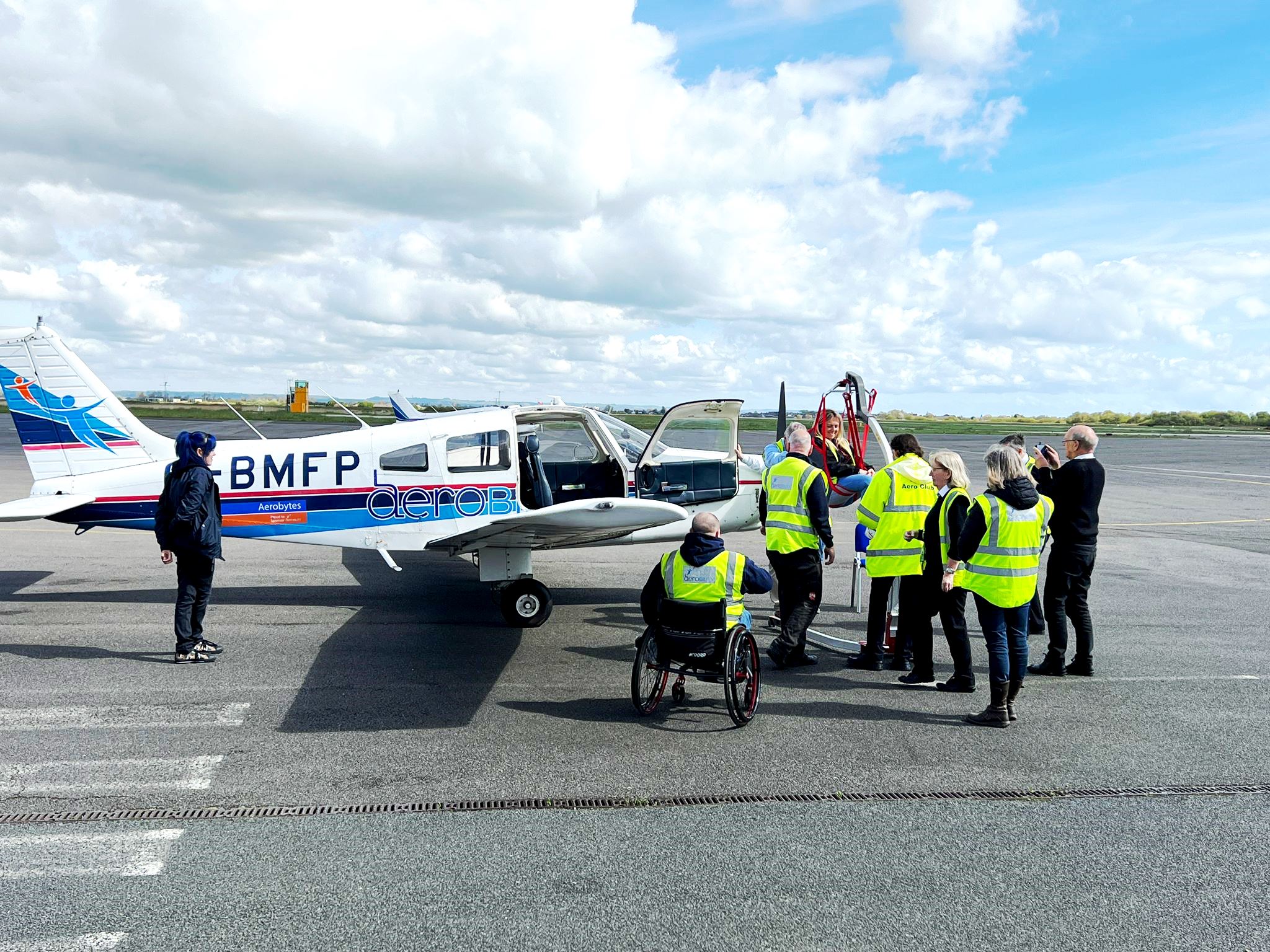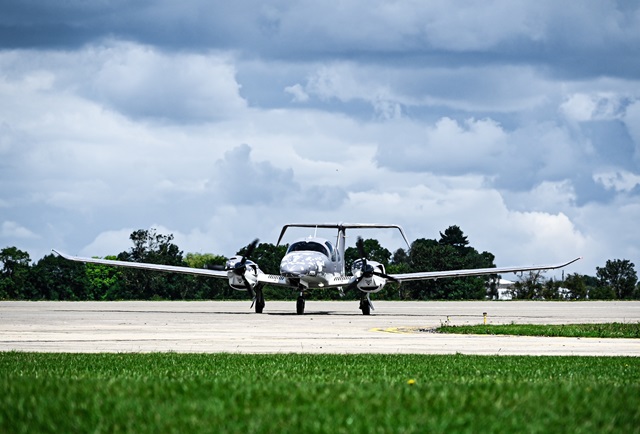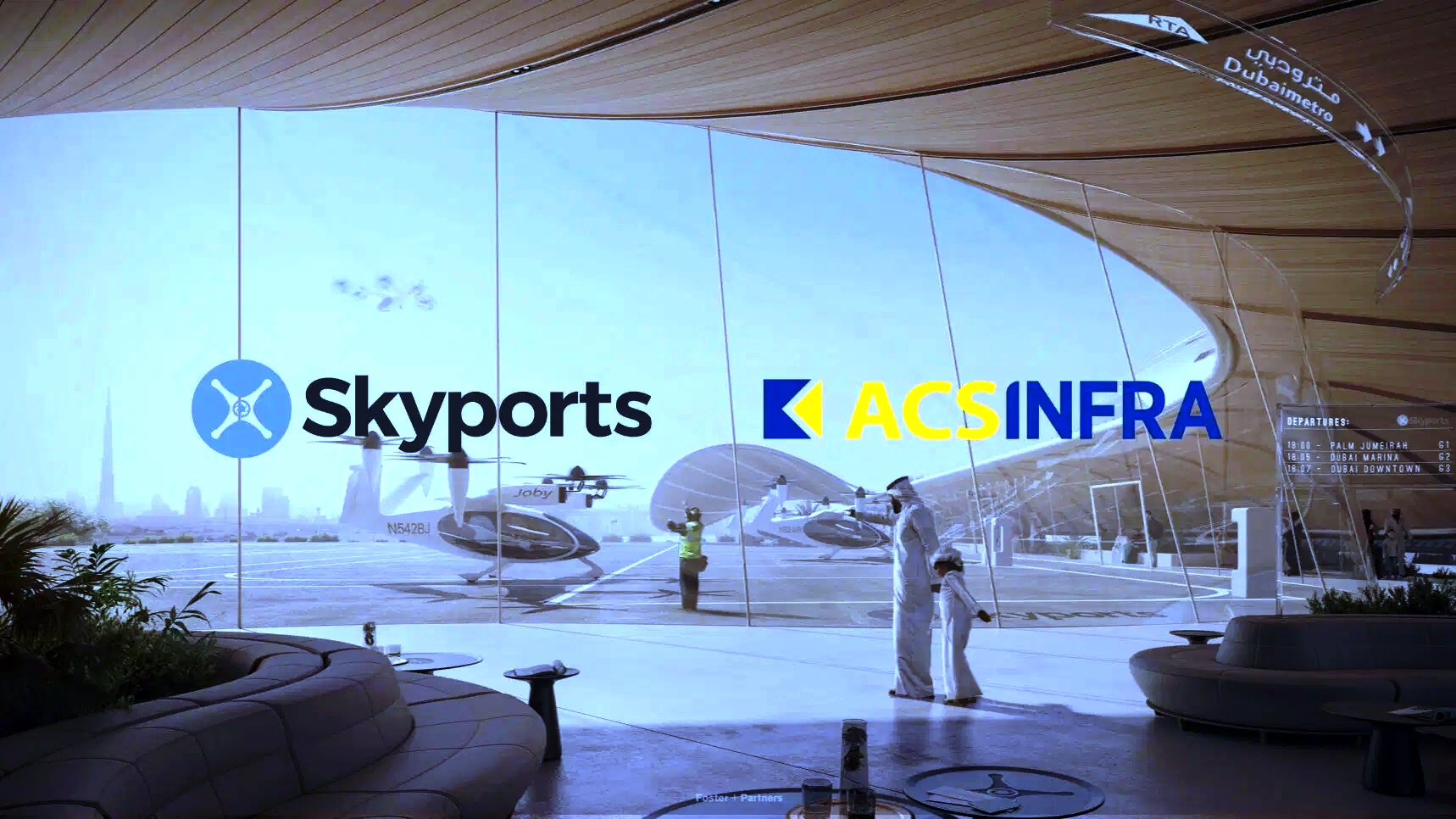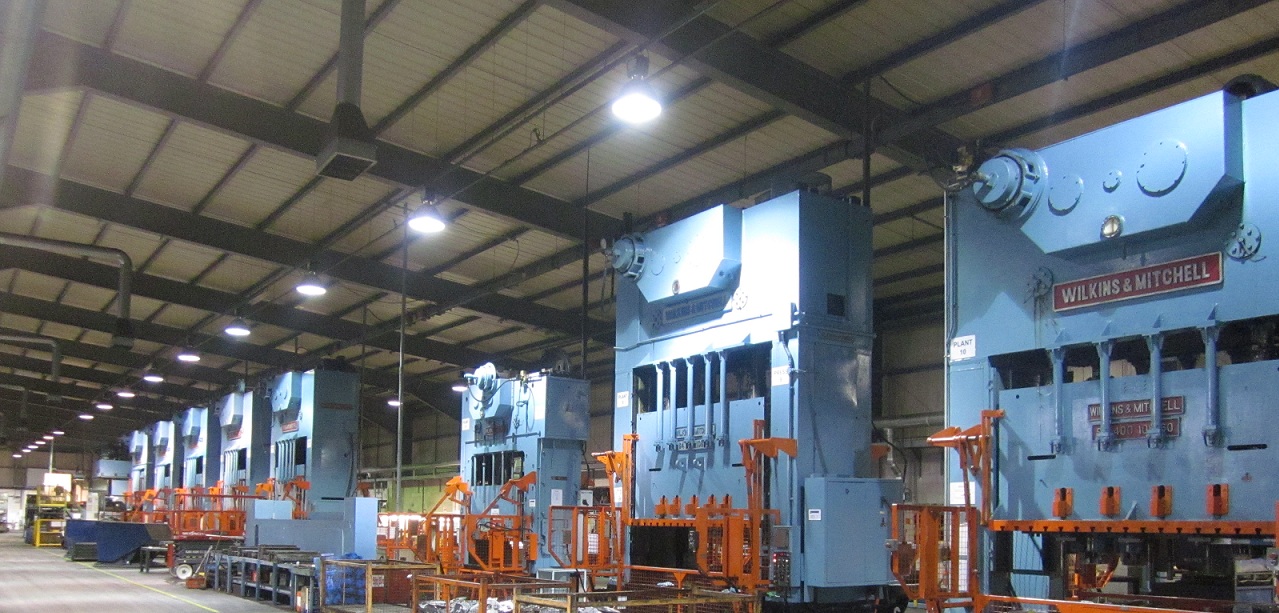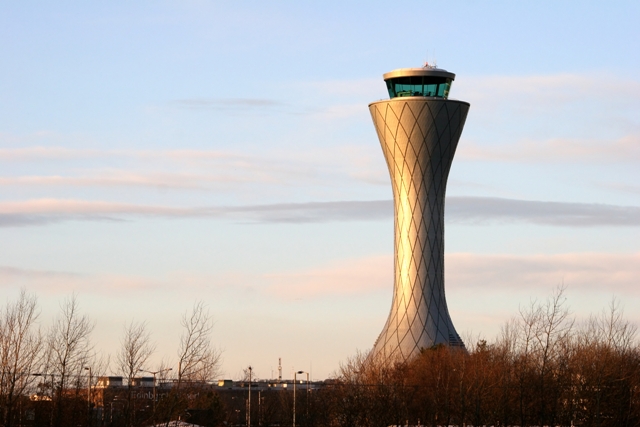ACI Europe holds 25th Annual Assembly
The theme of this year’s event is Airports and the Future of Tourism, reflecting the prime contribution of tourism in the air traffic recovery of the past seven years and future growth. On this occasion, ACI EUROPE addressed the immediate outlook for its 460-strong airport membership spanning 45 countries.
 Air traffic outlook
Air traffic outlook
Last year saw air traffic significantly outperform economic growth across Europe, as Europe’s airports welcomed an additional 160 million passengers over the previous year. This resulted in the highest passenger volume ever, with 1,82 billion passengers using airport facilities.
Passenger traffic remains dynamic in 2015, growing by +4,6% since January - despite the negative impact of geopolitical tensions between Russia and Ukraine, as well as labour unrest within airlines and air traffic controllers. In fact, passenger traffic at EU airports has consistently outpaced traffic at non-EU airports for the first time since 2006 – with airports in Greece, Romania, Ireland, Portugal, Lithuania, Hungary and Belgium leading the surge.
Olivier Jankovec, Director General ACI EUROPE said: “This summer certainly looks good, with airlines having adjusted their capacity to accommodate strong seasonal passenger demand. As economic conditions are set to keep improving in the EU on the back of the ECB’s stimulus programme and cheaper oil prices, this positive momentum for air traffic should persist in the medium-term. Yet the situation remains worrying for airports in Russia and Ukraine, where passenger traffic has declined – and more generally across Europe for freight traffic, where growth is anemic[1].”
The financial performance of Europe’s airports is improving, with the industry’s average return on invested capital (ROIC) standing at +6,8% - broadly in line with the cost of capital. However, airports in the EU and in the Eurozone are still not delivering an acceptable return for their shareholders, with their ROIC significantly lower at +5,7% and +5% respectively. This also remains in sharp contrast to the performance of airports in emerging markets (+16,1%).
This improvement is mainly attributable to internal cost reductions and lower capital costs. Sustained efforts to cut costs over the past years are paying off – with staff costs in particular down by -17,4% as well as maintenance costs and energy & waste costs decreasing by -51,5% and -9,1% respectively from their 2008 levels[2].
Conversely, the revenue environment for airports is becoming ever more challenging. Aeronautical revenues coming from user charges paid by airlines and passengers keep decreasing, reflecting rising competitive pressures.
This year, these charges are down by -0,8% in real terms[3], without even accounting for the substantial discounts offered to airlines by airports. These discounts are made available as part of traffic growth or traffic retention incentive schemes as well as bilateral commercial agreements. These incentives schemes are being offered by the vast majority of Europe’s airports (84%), while regulatory uncertainty remains an obstacle to airport-airline bilateral commercial agreements.
Diversified commercial revenues - in particular from retail, food & beverage, car parking, real estate and advertising - used to compensate for the difficulties for airports to develop their aeronautical revenues. But a combination of factors including market maturity, shifting consumer behaviour, competition from online retail, off-site parking options and more restrictive airline cabin bag rules are all converging to erode these revenue streams.
On this, Jankovec commented: “Competitive pressures on airports’ commercial activities have been growing for some time, but 2013 was a turning point. For the first time, not only were commercial revenues decreasing on a per passenger basis (at -4,1%), but this decrease was actually much steeper than the contraction in aeronautical revenues (at -0,8%).
“This new situation is pointing to a serious challenge for the airport industry’s well established financial model. Since airlines and passengers pay nowhere near the full cost of the infrastructure they use, our ability to modernise and develop to offer higher quality and more connectivity has always been conditional upon growing our commercial revenues[4]. At the end of the day, there is no magic wand: somebody needs to pay. Going forward, with several years of reductions in airport operating expenses behind us, airlines and passengers may well have to pay a fairer share of the costs they incur.”
Air traffic in Europe continues to be shaped by airline structural realignment processes and airline hybridisation. Most of the growth in traffic since the global financial crisis has been primarily driven by Low Cost Carriers (LCCs) - and to a lesser extent by ambitious non-European airlines expanding their European presence. The move up market of LCCs into primary airports combined with the magnitude of their aircraft orders (918 aircraft[5]) and the difficulties of Full Service Carriers to restructure suggest that this trend will continue, with LCCs further growing their market share.
These market developments are resulting in an increased concentration of air traffic, with less new routes and smaller regional airports at risk of losing out in terms of connectivity. This summer, the number of routes operated within Europe by the major Full Service Carriers is down by -7% and even Low Cost Carriers have not grown their route network. But both have increased capacity on existing routes by an average of +8%.
On this aspect of the airport business Jankovec said: “These developments mean that airport competition is increasing both in scope and intensity. Larger airports and hubs are the new battlefields, with each fighting to diversify their traffic mix and build resilience in their network. This includes attempts by airports to generate self-connecting traffic outside of airlines own interline products, through dedicated passenger services and assistance.”






